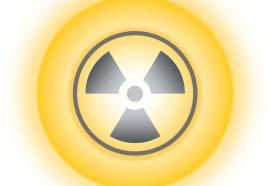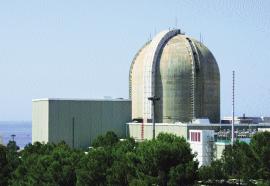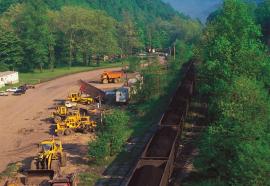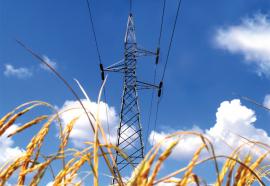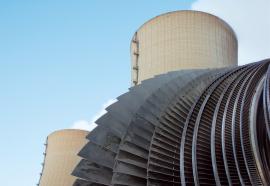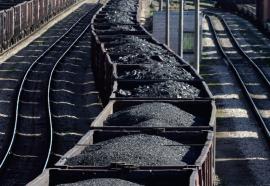The Safety Vote
A prerequisite for sustained nuclear renaissance.
The nuclear renaissance requires safety as its central focus. Industry vigilance at all levels is key to accident prevention, but only favorable public opinion will allow the industry to realize its enormous potential.


